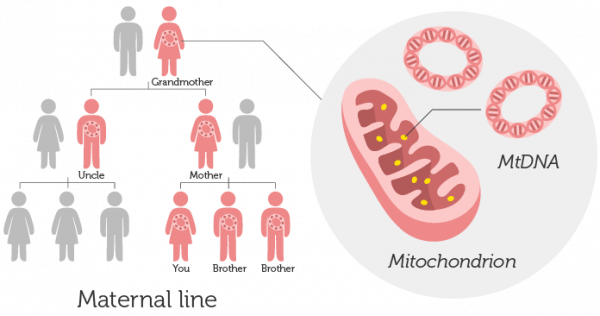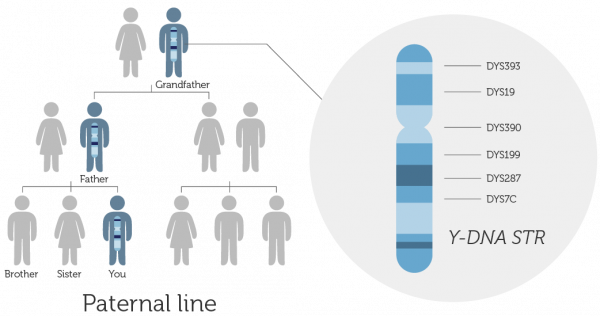With an estimate of 26 million people having taken a DNA ancestry test, genetic genealogy has really taken off in the last couple of years. But not all DNA ancestry tests are the same. How do you know which test is right for you and how do you decide?
What is genetic genealogy?
For thousands of years our ancestors studied family histories. They used historical records, oral interviews and stories to put together family trees. Then, the advent of DNA sequencing technologies, introduced a whole new level of complexity to building family trees.
Genetic genealogy uses DNA testing, and the information from our DNA to infer DNA ancestral relationships. These DNA profiles can be used to determine the level and the type of genetic relationship between people.
SNPs and STRs
Ancestry testing looks at two different types of DNA markers: SNPs and STRs.
SNPs or single nucleotide polymorphisms describe DNA changes that happen at the level of nucleotides – the basic building blocks of our DNA. A SNP describes a DNA change at just one nucleotide. Because SNP markers mutate or change at a very slow rate they are useful for tracking deep ancestry from thousands of years ago. This is one of the drawbacks of using SNP tests for ancestry; they don’t give any information about more recent ancestral events.
So if you are interested in expanding your family tree, an ancestry test that looks at STRs or short tandem repeats is more suitable for you. STRs are regions in our DNA that are repeated many times over. They mutate very fast at a rate of once every 20 generations, which is why they are useful for tracing recent ancestral events that happened within the past hundreds of years.
Mother’s side or the father’s side
Once you decide to embark on your ancestral journey with genetic genealogy two options are available to you: maternal line tracing and paternal line tracing.

Tracing maternal ancestry involved mitochondrial DNA (mtDNA), which is inherited from mother-to-child along the maternal line.
Whether you are male or female, all of our mtDNA is inherited from out mothers. And, because there is no possibility of “genetic mixing” from paternally inherited mtDNA, it remains virtually the same from generation to generation through the maternal line. More details on mtDNA and how it’s useful for tracing ancestry can be found here.
Paternal ancestry looks at the Y chromosome that is inherited from father-to-son. We each inherit half of our DNA from each of our parents. However, the inheritance of the sex chromosomes (X and Y) depends on gender.
Both men and women inherit an X-chromosome from their mother. Daughters inherit a second X from their father, while sons inherit a Y-chromosome. Hence Y-DNA can be used to trace paternal lineage. More details on mtDNA and how it’s useful for tracing ancestry can be found here.

One thing to note is that only men can take the Y-DNA tests. So if you are a female genealogist you will have to recruit a relative from your paternal side like your father, brother, paternal uncles or paternal male cousins.
Start your ancestral journey today
Have you ever wondered who your ancestors were or where did they come from? Genetic genealogy can answer those questions and more. Discover your deep ancestral roots or chose to trace the roots of your surname. Are you ready to join the next phase of genealogy with a DNA ancestry test?
DNA Ancestry Project Features
Ancestry Test
Mitochondrial DNA sequencing
Y-DNA STR fragment analysis
Autosomal STR fragment analysis
Advanced ethnic origins report
Recent ancestry analysis
Ancient ancestry analysis
DNA Ancestry Projects
Relationship match
Relationship confirmation









